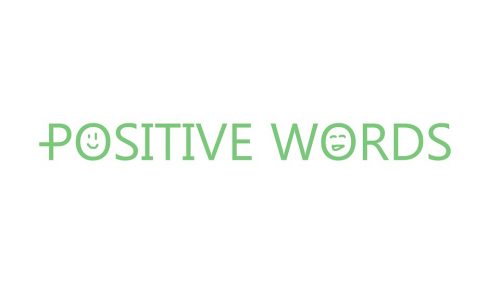Rather than looking at students with ADHD as a challenge, teachers should see them as an opportunity. Students with ADHD have so much innate potential that they can unlock through empowering teaching strategies. Here are some great teaching strategies that teachers can employ to empower their students with ADHD.
Multiple Intelligence
There is no one form of intelligence. According to Howard Gardner’s Multiple Intelligence theory, there are eight types of intelligence: Teaching Strategies For Empowering Students with ADHD. For any teacher, it is essential to help foster these multiple intelligences in a child. But for children with ADHD, encouraging these types of intelligence may be a challenge. “The very nature of ADHD implies that the child will have difficulty with self-control, paying attention, listening to instructions at home and school, and following directions.” explains Kara Tamanini, M.S., LMHC

Luckily, there are several teacher’s manual books about the application of the Multiple Intelligence theory to attention-grabbing techniques. For example, during lunch, a teacher may use a photo or slide of students lining up to get the attention of students with ADHD or utilize other classroom interventions for autism.
What’s advantageous about this theory is its inclusiveness. In the traditional one-type intelligence perception, a student with ADHD may feel left out because of his “disorder.” But, with Multiple Intelligence, a teacher gives a student an opportunity to unlock his other hidden abilities.
Positive Feedback
“When people think about attention deficit disorder (ADHD), they usually consider it a childhood problem. However, a large proportion — between 30 and 70 percent — of children with the condition remain affected throughout adulthood.” says Ben Martin, Psy.D. With that, positive relationships and feedback are a few of the most important things in teaching a student with ADHD. Positivity pushes students with ADHD to do their best; imagine a cheerleader rooting for her home team. A teacher must be a cheerleader to their students with ADHD. Despite the students’ performance, a teacher must keep smiling and cheer their students on!

How can teachers act as the ever-positive cheerleader then? First, teachers can use positive role models. With a role model, a student with ADHD can have a direction by following the footsteps of the role model. Second, teachers provide immediate, positive feedback. They can use positive phrases such as “You’re doing a great job” or “Now you’ve got it.” Third, instead of reprimanding, teachers should ask questions when the student misbehaves.
In line with this strategy, teachers must be in contact with the student’s parents. Parents know more about their child’s attitude and behavior than anyone else. It is advisable for the teachers to ask about the student’s possible behavior, attitudes, and medications to set expectations.
Self-Talk
Recent researchers suggested using self-talk strategies instead of cognitive therapies. It is because students with ADHD may have already developed the skills necessary for relevant self-talk in the classroom. According to Berk and Landau, it is advisable for teachers to arrange an environment that is conducive to private speeches but without disturbing others. “Research shows that how you think about yourself can have a powerful effect on how you feel. Practice using words that promote feelings of self-worth and personal power. Give yourself a positive pep-talk.” Dr. Aaron Kaplan, PsyD, Clinical Psychologist elaborates.

On the other hand, Berk and Pott reminded that some students with ADHD perceive their self-talk as silent chatter. This self-talk may then be perceived by other students as “off-task” and “disruptive,” but, teachers must not be fooled. It is important to understand that students use
self-talk to help themselves work more effectively. In this light, self-talk is seen not as disruptive behavior, but a positive educational tool.
If you are one of those educators who have kids with ADHD in the classroom, you can try to employ some of these strategies and see if any of them would work.
